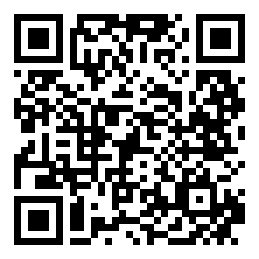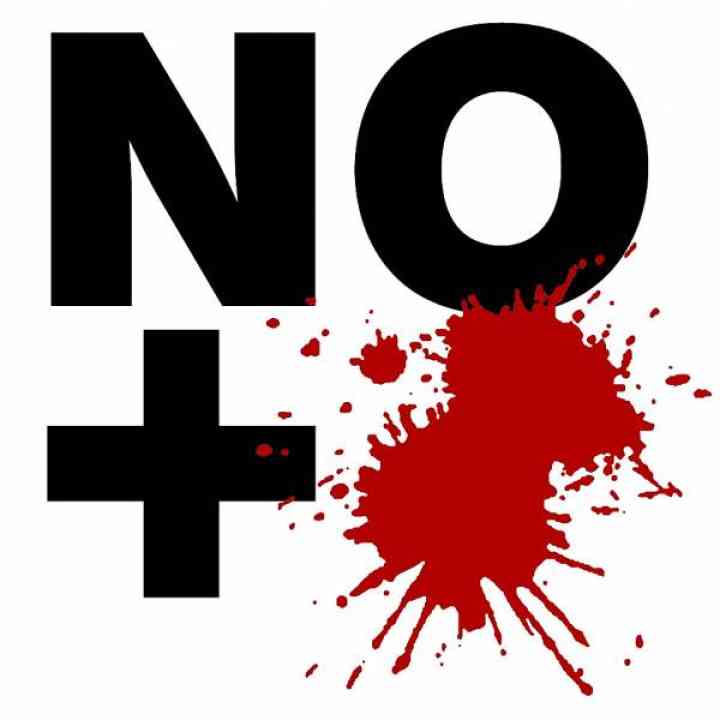A “graphic Houdini”
The combined role of programmatic restrictions and creativity in the accomplishment of message effectiveness.


P. Does design creation allows restrictions?
R. Design depends greatly in restrictions.
P. What restrictions?
R. The sum of all restrictions. Here lies one of the few effective keys of design problems: the designer's ability to recognize the largest amount of restrictions he can, his will and enthusiasm to work within such restrictions —price restrictions, size, balance, surface, time, etc.—; each problem has its own, peculiar list.
These are two of the answers Charles Eames gave in an interview in 1972, published under the title What is design? With them, Eames creates a simple definition of design's “heteronomy”; this is, its lack of autonomy regarding the need its supposed to satisfy. Such definition implies that the final result's quality depends on the “amount of restrictions” that have been considered. The group of these conditions is what we know as “design program”: the list of requirements the designed piece must meet..
Design's conditioned character isn't antagonist to creativity; on the contrary, creativity is the ability to surpass challenges and overcome limitations. Creativity isn't a mere “added value” to the product, let alone a way of self-expression of the “creative”, but a demand of the problem to solve: the resource to get to the solution.
Let's hear another master, Gerard Unger:
“I am more creative when I have limitations. When I am inhibited and restricted, then I am truly creative […] I am some sort of “graphic Houdini”: to find myself in a desperate situation and emerge triumphant.”
Which are those limitations in the case of graphic design? What is its “program”? Eames gives us this answer: “each problem has its peculiar list.” And the “problem” in graphic design is to achieve an optimum communication between the sender and the receiver of the message. Graphic syntax, reading levels, style (typographical, chromatic, iconic, compositive), must respond faithfully to the demands of the communicational fact being created.
The message isn't an autonomous object, but a rendezvous point of an endless group of contextual conditions: the speakers' identity, registry or rhetoric of their dialog, environment and reading conditions, message theme, your own “tone”, etc., etc. The message is the trigger of an exceeding happening: it appears in context of some background and generates some consequences.
The “perfect message” is child of such conditions, and “invisible” creators of a new circumstance that constitutes its goal. The message, the signifier piece, must achieve creating a new consciousness, and in order to do so, be forgotten.
No graphic piece possesses an intrinsic “must-be”, because the very concept of message is relational and contextual: it is created from the outside. Thus, no design decision must be taken early; they must respond to a requirement of effectiveness: “design depends greatly on restrictions […] and every problem has its own, peculiar list.”
It should be obvious... but it is not that obvious.
What do you think? Share your comments right now!
Help to spread this article by translating it
Translate to italian
This article does not express the opinion of the editors and managers of FOROALFA, who assume no responsibility for its authorship and nature. To republish, except as specifically indicated, please request permission to author. Given the gratuity of this site and the hyper textual condition of the Web, we will be grateful if you avoid reproducing this article on other websites. Published on 01/10/2015








